This is a story about book returns. It’s also a story about the bookstore system and what’s not working. You’ll also hear how success can crush the self-publisher.
It’s not my story. I didn’t go bankrupt—but I could have. What I aim to do here is tell you my experience of publishing well-reviewed books and what you might do in this ever-changing publishing world to get ahead.
Here I can’t get into is how to write a really great book. Let’s assume you know what you’re doing, and once you write the great book, you hire a professional editor and proofreaders. Then you make your decision to either go a traditional route and find an agent and publisher or you decide to forego that and publish it yourself. Either way needs a clean, well-edited manuscript.
A quick aside: Don’t assume an agent will take a mistake-ridden manuscript and proof it for you because your story is so good. You’re competing with top writers who have strong and polished manuscripts. If you self-publish, don’t assume people will ignore the typos here and there for your really great story. Readers get pissed off at sloppiness.
This is where my experience comes in. I’ve been in publishing from many angles. Right out of grad school, I became a senior editor at a small publishing house and learned publishing from the inside. My assistant and I were vigilant with the manuscripts, and I’d hire proofreaders to make sure we didn’t miss a thing. I saw what the book designer and layout artist did. I worked directly with printers. I saw the publicist work every day and whoop in cheer when he booked a talk show or received other major coverage. I went to book shows and major conventions. I talked with others in the business.

That success with great reviews led to my publishing another short story collection, Months and Seasons, and, between agents, a novel, The Brightest Moon of the Century. This is where the idea of book returns first comes in.
After The Middle-Aged Man and the Sea was mentioned prominently in Entertainment Weekly, I happened to be in New York seeing my new agent, and I visited Barnes and Noble in Union Square. I found my short story collection on a shelf. I was so thrilled that I called the corporate offices of Barnes and Noble to see how I might do readings at Barnes and Nobles all over New York. After all, if it was in one store, it had to be in all stores. (Okay, so I was naïve, but that only fueled me.)
I spoke with a woman in the Small Press department who told me valuable things, specifically:
- That single copy of my book was a fluke, perhaps a special order that was not picked up. No other Barnes and Noble had it.
- They did not carry my book because it cost them too much. My $12.95 book cost them $11.00 to purchase—not enough profit margin.
- My book not only was too expensive to buy, but it was also nonreturnable. She said for a bookstore to stock my book, I needed to satisfy two criteria: that the book have at least a 40% discount to them and that the book could be returned if it didn’t sell. At Lulu, my book cost just over $7 a copy to print. With the distributor adding its take, my book was too expensive. Also all Lulu books were nonreturnable.
- Thus, there was no way I was going to have readings at Barnes and Noble stores if they could not stock my books. Readings were up to the individual stores. Contact them if and when my books met the criteria.
Bookstores were important to me because that’s where something like 70% of books were purchased. The year was 2006, and Amazon was only starting to build its now enormous market share. Also in those days, eBooks were not anything real. In another few years, Amazon’s Kindle would capture a few percent of book sales alone. This year, 2011, eBooks represent over ten percent of all books purchased—soon, much more.
Still, if you think about it, 90% of books are still print, so print can be big. To recap, to get into bookstores you need to give them a 40% discount and make the books returnable. I found I could do both at Lightning Source, a print-on-demand (POD) printer owned by book distributor Ingram. My short story collections at Lightning Source costs just over $3 to print, my novel, just over $5. There’s room for discounts and room for a small profit.
I was excited. In theory, my books would get into bookstores. In fact, it worked, thanks to good reviews, and I’ve done signings in Barnes and Noble, Borders, and elsewhere.
Before I leaped into publishing this way, I looked into the average percentage of books returned. In 2006, it was around 17%. (Now it’s a crazy 25%.) For an added $2 per book returned, Lightning Source would send me the book. I figured I needed a few books to sell at readings anyway, so this all sounded like win-win. Boy, was I wrong. Here’s what I’ve learned:
- When a book is returned, I’m having to refund the distributor’s purchase price, not my printing cost. Thus, 55% of my novel’s list price of $18.85 is $10.42, which is what the distributor pays me for each book it sells. Add the two dollars shipping to me, and that’s $12.42 per book I give back. One hundred books returned would be $1240.00. Imagine if you have 5000 copies returned. That would be $62,100. Would you have that much sitting around?
- I have to sell three books at bookstores for each book returned. A 17% return rate would mean nearly half of any profits are lost. At 38%, I break even—no profits.
After that, I’m paying out more money than I make. It’s like in Catch 22 where Milo Minderbinder buys eggs for seven cents but sells them for five cents to army
mess halls. I’m selling books in theory for profit, but if too many bookstores take a chance on me and can’t sell the book, then I’m losing money. - I learned that, yes, good reviews will get bookstores to stock my books. All of my books have received great reviews—with each book, more reviews. (You can see
the reviews on my Red Room page.) I learned that when bookstores stock my books, if they show cover out as they often do at Vroman’s Bookstore in Pasadena, they sell themselves. - I learned that most bookstores stock my book spine out, meaning the title is sideways and hard-to-read. No one knows me, so people aren’t looking for me or
likely to pull the book out. - My books are competing with large publishers who have ways to have their titles cover out. They also have a sales force.
- I learned that my novel, so far, has had a 58% return rate. I’m dying. I called another friend whose celebrity book was published hardbound at Lightning Source through a small publisher. Her book was enormously popular at one point. It’s now received a 50% return rate. It’s crippling the company.
- Months and Seasons has had exactly at 38% return rate. I’ve made nothing there.
- The Middle-Aged Man and the Sea has had less than a 1% return rate. I can’t explain it—a good title?
- I have made all my books nonreturnable now.

Additionally, if you sell your book on Amazon’s Kindle, you can make a 70% royalty. My books at $2.99 earn me $2.04. While those books, too, can be returnable for a few days, few ever occur. If you want to make printed books nonreturnable, you can do so, and they’ll still be sold on Amazon, the place most independent publishers are finding as the great equalizer.
One other thing: there’s a way to go both the traditional route and the independent route at the same time. Let’s say you’ve finished the New Great Book and want to find an agent who will then find you a big publisher. The best scenario is that it will take you three months to find an agent, and the agent will take three months to find a publisher. You’re up to six months at this point. The publisher will bring your book out in 18 to 24 months.
If you’ve added that up, that’s two to two-and-a-half years for your book to appear, and that’s under the best conditions. If you don’t add an ISBN number to your book (Nielsen Bookscan tracks book sales by their ISBN numbers), then your sales won’t be tracked. It’s as if your book doesn’t exist to the publishing industry. In other words, it’s unpublished as far as agents and publishers are concerned.
Boyd Morrison had huge sales on Kindle for his book The Ark, and then a big publisher came along where he now gets big sales. His book has been translated and sold all over the world, and he’s traveled America on a book tour.
Thus, as I’m looking for a new agent, I’m going to offer my new novel Love at Absolute Zero on Kindle starting May 16. Additionally, I may sell print copies at Lulu Press—the place I left—where I can have a storefront and sell printed books to people who want it in print. I’ll hold off Amazon print sales until I have a big publisher or commit to self-publishing it.
Remember, it’s not likely you’ll make a killing in publishing, but if you keep quality in mind and don’t just give your book away, you can make the rent. It’s a variation on myth-specialist Joseph Campbell, whose years of studies led him to the belief, “Follow your bliss.” Or take the Field of Dreams to heart: “Build it and they will come.” Just build it right.
Get an Editorial Review | Get Amazon Sales & Reviews | Get Edited | Get Beta Readers | Enter the SPR Book Awards | Other Marketing Services













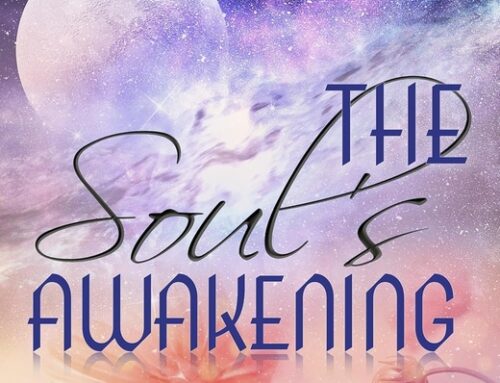

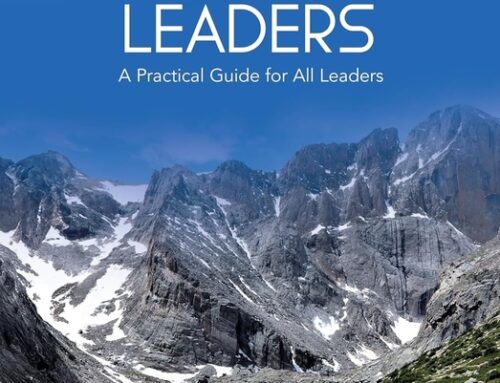


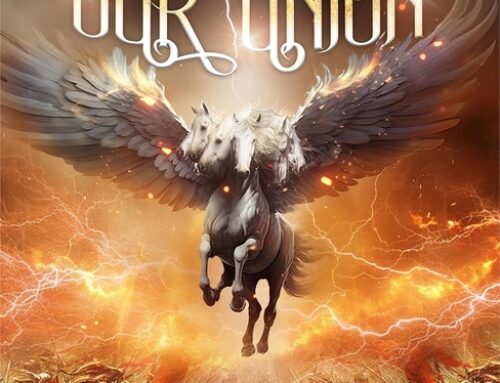
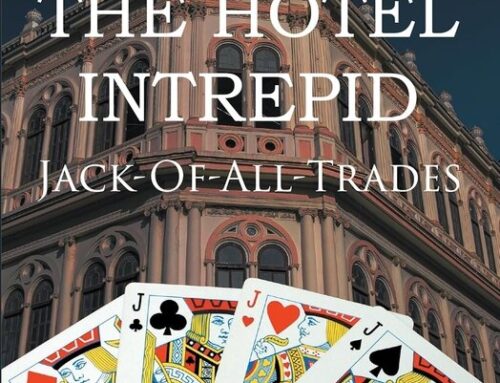
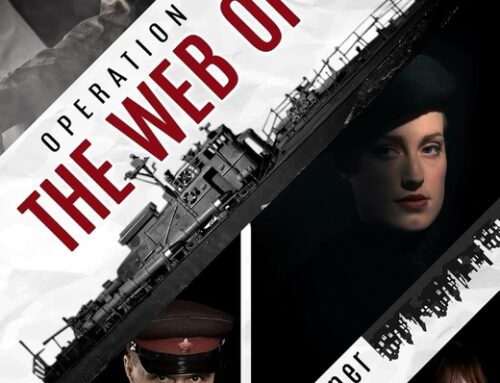

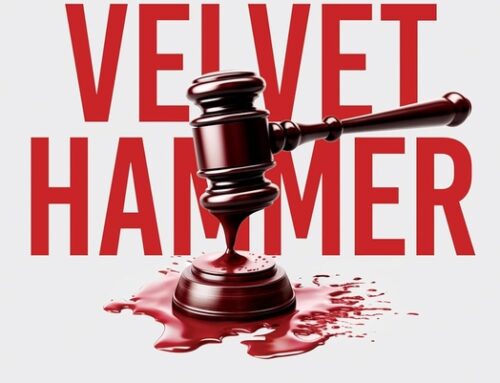
This is a terrific piece, Christopher. Thanks for the insight. And is that Joe Versus the Volcano on your cover art? That was one of my favorite movies. “Take me to the volcano!”
Keep telling the truth and we’ll all benefit.
Hey Chris-
Nice post and exactly what I feared. I’m glad I thought out the process in advance to avoid what you went through. (not rubbing it in) Why publish with Lulu when you can do it with Lightning Source and have much better distribution and have a lower book cost? Just wondering…
Matt, I’m publishing my advance copies of “Love at Absolute Zero” on Lulu for a couple of reasons. First, I can do so without using an ISBN number and, second, I can have it for sale not to the public but just to people who use have a link to the book, whih I’ll put on my website. In that way, my book remains under the radar and “unpublished” to an agent that I’m still seeking.
While I’m seeing that self-publishers and small publishers who specialize in genre fiction are doing well selling on Kindle and Amazon, I see that literary fiction such as I’m writing can use more of a push that a bigger publisher might offer. Mystery writers Boyd Morrison and Eric Christopherson who self-published on Kindle have done extremely well. Amanda Hocking with her paranormal romances is now a superstar from her self-publishing efforts. I can’t find anyone who has done that with literary fiction.
Thus, I’m going to offer my new novel on Kindle and, for people who read books only in print, they’ll be able to get it from Lulu for now. If I can’t get a new agent by the end of the summer, then I’ll officially publish the novel by first sending out review copies and then having a publication party before the end of the year. Like other publishers, I’m looking at the Christmas buying season.
I’m also writing a mystery, which is fun. I’m a fan of Raymond Chandler, Michael Connelly, and a few others, so it’s a genre I’m happy to try. Still, I love my less-easy-to-peg novels. My humor seeps into them.
You may be interested in this post by Dean Wesley Smith on how to get self-published books into bookstores and avoid offering returns. Very well thought-out and logical, and exactly what I plan to do myself once I have a catalog built up. 🙂
http://www.deanwesleysmith.com/?p=3940
I think almost all independently published authors have no chance of talking bookstores into placing their books on those precious shelves, certainly not face out. Don’t the bookstores have problems enough already making ends meet? Didn’t Borders file for bankruptcy? So why should most of us waste our time and energy going down that path? It seems to me nowadays you have to somehow make an online name for yourself. If you can do that, I suspect you’ll be at the point where you can safely let someone else worry about the intricacies of shelf space. I don’t mean to be dismissive of any of the views expressed above. I enjoy these conversations. I find myself usually talking with people, as in this case, whose technical knowledge is far greater than my own –which is why my attention to it must be paid. Thank you.
After reading this, I’ve got to say that my aspirations of “making it onto the shelf” are even lower than they were before – I always knew that the day your books became popular enough for Barnes & Noble was the day you should probably reconsider whatever mass-market drivel you’re cranking out (sorry – there’s my envy showing again), but honestly I had no idea authors could get such a raw deal for achieving that level of distribution! Makes me wonder why we even hold those sort of aspirations to begin with….
It seems to me that the only authors who get a good deal from big book stores are A) those long-dead ones who wrote all their books before there was even such a thing as modern mass marketing, and B) those big contemporary names who are guaranteed to earn their space on the shelf ($$$).
Judging from the penalties imposed on authors of more modest success outlined in the article, I guess it’s not too surprising that more and more us are eschewing the big stores altogether and choosing to go it alone.
“more and more OF us”, rather.
Ron, your comment isn’t dismissive at all–that’s the point of my piece: why vie for shelf space in bookstores when the independent publisher doesn’t have the resources to compete for display?
Interestingly, though, I spoke to someone at Barnes and Noble headquarters and learned not one of my books has been returned by Barnes and Noble, even though a number of BN stores carried my book. What happened is each store got two copies, and when those sold, they were not reordered. In the BN system, automatic reordering is called “modeling,” and my book wasn’t modeled. I’m assuming modeling also allows a book to stay on the shelf for months rather than be returned if unsold after 30 or 60 days. I’m pleased, though, much as Rocky Balboa was: I stayed in the Barnes-and-Noble ring and wasn’t slammed to the mat.
Hey there! I love this piece and would like to feature it on my BlogsAloud Podcast with your permission. The proposed episode would go up tomorrow.
Allison Duncan
Allison. Go for it. If you want to email me, do so at chrismeeks@gmail.com.
Very interesting article. I suppose that, as I read in another article, e-books can become the calling card for an author.
Reading a lot of articles on the matter and yours, I come to the conclusion that printed books, even PODs, are not in the best interest of a self-published author in the beginning. At least, I wouldn’t venture on it.
Except the returnable & non-returnable issues, PODs prices are high (although they are higher quality prints). People have a very limited budget for books, if they have. They will prefer to buy lower quality prints (mass paperbacks) and more of them, than buy higher quality prints and spend a lot on one or two. I got scolded on this opinion of mine :D. But I’m a business professional and I evaluate the market, not the sensitivities.
Let’s face it, a fiction book is rarely more than a one-time pleasure and readers don’t have any ROI (return on investment) other than that.
Thank you for the very interesting analysis. 🙂
I have my novel on Kindle, but I also have my book on consignment at several bookstores (Forget about B & N they just don’t do self pub) My cover is always face out at one of the best and they are excited that it is selling. I just put some more back on the shelf. I always tell people to look for this store. I also let people know that it is on Kindle.
It’s been a very interesting adventure. I am still querying with the other manuscripts.
Very informative piece.
Anyone ever tried the strategy of just going into bookstores and sneaking your book onto the shelves? Any downside to that? I was thinking it might just raise awareness and people might look into it later at their leisure.
Zach, as a person who once practiced law but no longer does, I feel compelled to tell you your sneaking a book on a shelf might violate some petty local ordinance or state law. I doubt, though, that you’d actually have to worry about prison, arrest, or even a civil lawsuit. I’d hope your local authorities would have a lot more important law-keeping matters to concern themselves with than your rather amusing caper.
In any event, if you wish to give away your book, why don’t you join the huge crowd of those, including the editor of this websight, who are currently giving away their ebooks on Amazon and all the other online outlets? And don’t tell me you don’t have an electronic version of your book. Just go to Smashwords or Amazon KDP or both and get one for free. If I could do it, so can you.
Thank you so much for this post, Christopher! I am using LSI for my book “The Breeders,” and I was considering making it returnable. I had run the math in my head and something about it seemed off…and of course you nailed it. I am fairly certain I won’t be pursuing shelf space at B&N because of what you wrote.
That said, it absolutely can’t hurt to have the print book available, even if most stores won’t stock it. I ventured into publishing thinking I’d just create an eBook as an experiment, but I realized I’d be alienating potential readers (even just friends to begin with) if I only that. I guess I’m just covering my bases by having a print book available. It will be interesting to see what happens.
Thanks again!! – Matt
Great work and thank you for posting this. Kindle only is looking better all the time. But, I am thinking of doing a limited collectors first edition of the book as a crowd sourcing fundraising idea.
Wow, thanks for the great insights. I’ve marked your page as one to come back to!
It’s a pleasure to see this article keeps getting read and considered. When I published my first collection of short fiction in 2006, everything then was about print books using new print-on-demand technology. As Matthew notes above, it’s still worth having a print version of your book available–I do it–and I also have books on consignment at Vroman’s and a few other Los Angeles bookstores.
However, there’s one downside to print. Bookscan keeps track of all print sales, and if you’re in this to get a larger publisher to take it over, then you might not want Bookscan records. Darcie Chan’s “The Mill River Recluse,” #4 in all sales in 2011, has no print version yet. My guess is that she’s made a deal with a print publisher.
I don’t have such expectations, and I like print available, so all my books have print versions. My designer, Daniel Will-Harris, does a marvelous job with interior design, too.
The newest game-changer, as Ron mentioned above, is KDP Select, which is making your book exclusive on Kindle for 90 days. With that program, you can make your book free for up to five days over the three-month period. Your book doesn’t not have to sit around in obscurity nor do you have to spend lots of money on advertising. Some people are finding that making their book free for a couple of days on Kindle for promotion actually spurs sales.